Continuous rain.
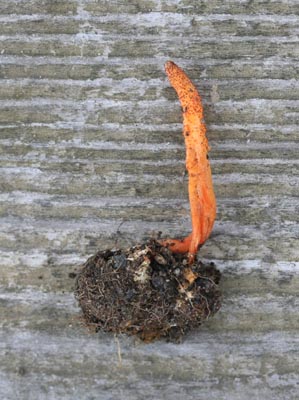
Lots of emphasis on fungi today, although I wasn't expecting any. This is Cordyceps militaris, a fungus that is parasitic on moth pupae. By the time the fruitbody appears, the pupa is all but destroyed.
The spores of this fungus are very highly developed and take the form of very long threads of sporelets. The threads are extruded from the fruitbody in a sort of 'net', and rather than being dispersed by the wind these nets lie in waiting for a moth larva to cross them. So here's a fungus that catches moth larvae in a net trap. Fruitbody about 3 cm. tall.

Fungi are out a bit early this year, and appear to be larger than usual. This is the Beechwood Sickener - Russula mairei.
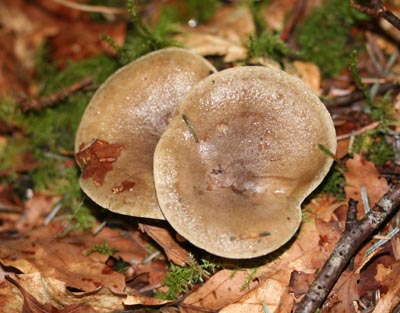
Lactarius blennius has milk that grows in heat and bitterness as time passes.
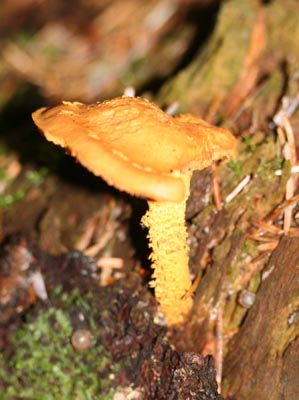
The remains of Pholiota flammans, which grows on conifer stumps.
Some of the Sulphur Tuft specimens get brighter as they age.
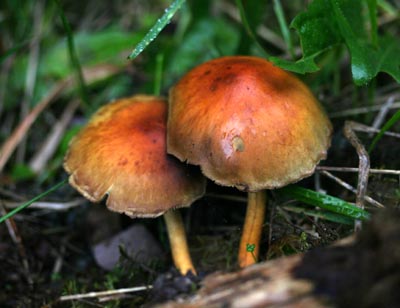
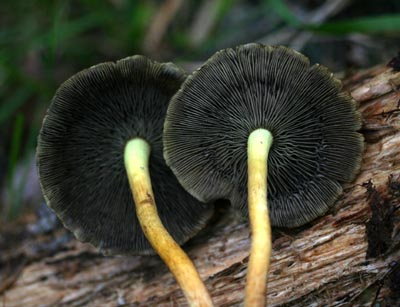
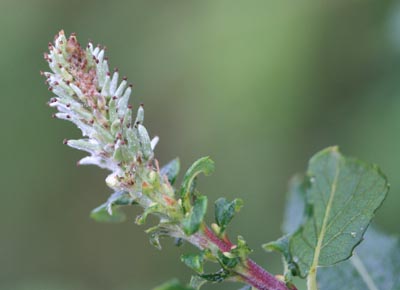 I briefly went
back to the hedgerow to check on the Sawfly larvae, but they had all gone,
presumably to pupate (or perhaps to overwinter as a pre-pupa). I did,
however, notice that a couple of branches had decided to flower. Only 5
months late.
I briefly went
back to the hedgerow to check on the Sawfly larvae, but they had all gone,
presumably to pupate (or perhaps to overwinter as a pre-pupa). I did,
however, notice that a couple of branches had decided to flower. Only 5
months late.

This looks like a Tar-spot on Meadowsweet, but I can't find one and this doesn't match any of the other fungi specific to Meadowsweet or its relatives.
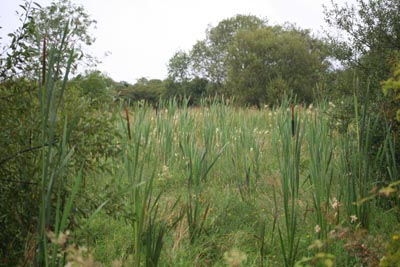
For some reason I took a shot of these Bulrushes, which is quite eerie, since they are now gone. The bog was drained for a house development a couple of days later (pics will be up, if I can stomach them).
It takes some believing that a County Council would give permission for a house to be built in a bog.